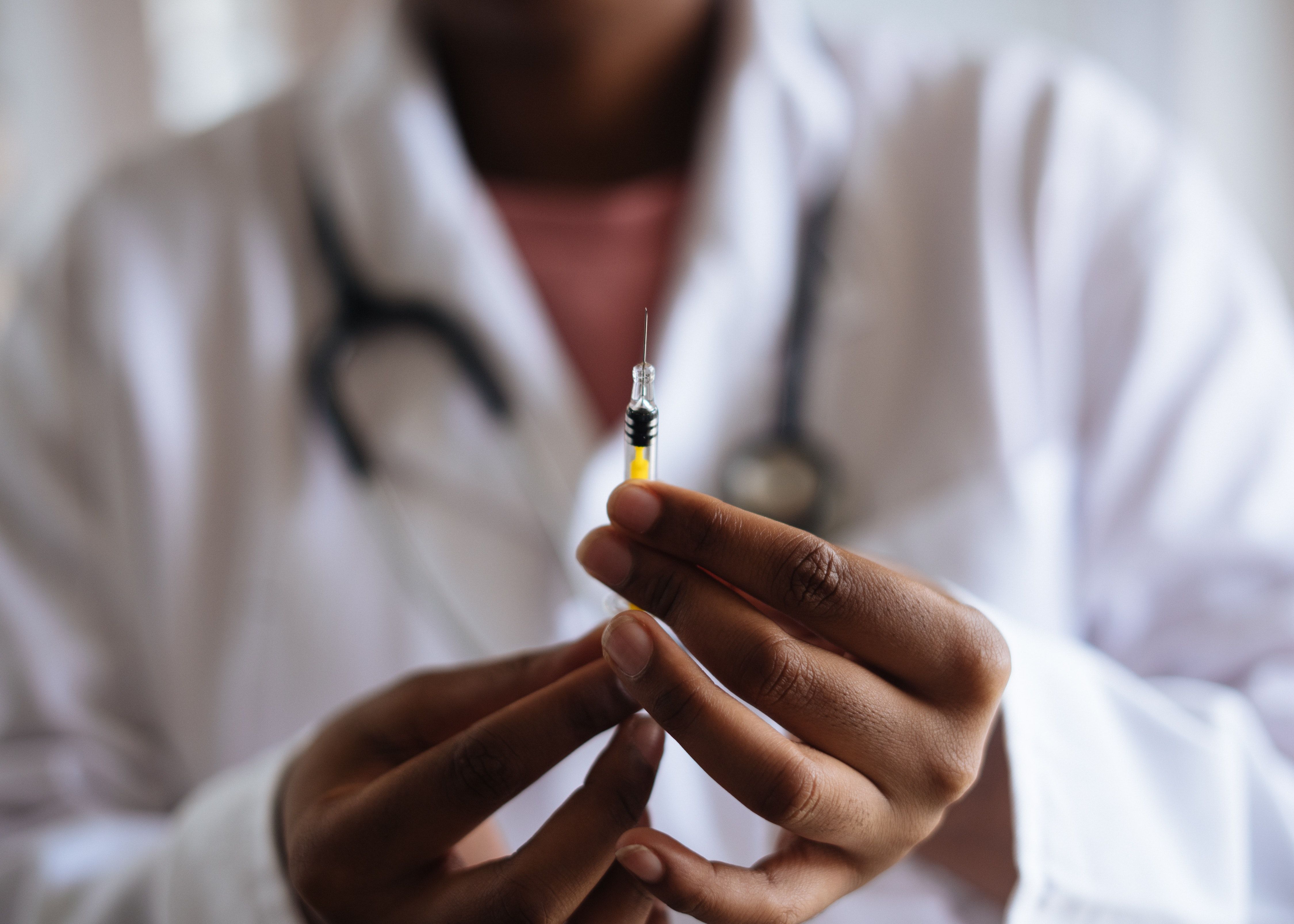COVID-19 Vaccines, Boosters and Prior Infection Significantly Reduce Risks
A comprehensive cohort study of COVID-19 data has reinforced the effectiveness of the various vaccines, boosters, and prior infection in protecting against infection, hospitalization and death.

COVID-19 vaccination, booster shots and prior infection all were associated with a significant reduction in the risk of infection, hospitalization and death from SARS-CoV-2, including the Omicron variant, but the protection waned over time, a recent study confirmed.
The cohort study, published in JAMA, included 10.6 million residents in North Carolina from March 2, 2020, through June 3, 2022. During that time, 2,771,364 SARS-CoV-2 infections were reported to the North Carolina COVID-19 surveillance system, with a hospitalization rate of 6.3% and a 1.4% mortality rate.
“Receipt of primary COVID-19 vaccine series compared with being unvaccinated, receipt of boosters compared with primary vaccination, and prior infection compared with no prior infection were all significantly associated with lower risk of SARS-CoV-2 infection (including Omicron) and resulting hospitalization and death,” the study authors, led by Danyu Lin, PhD, of the Gillings School of Global Public Health at the University of North Carolina, wrote. “The associated protection waned over time, especially against infection.”
About two-thirds of the study participants had been vaccinated by June 3. The average age was 39, 51.3% were female, 71.5% were White, 9.9% were Hispanic.
Primary vaccination with the Pfizer-BioNTech vaccine was associated with a 54.3% estimated effectiveness against infection, 85.8% against hospitalization and 89.6% against death at seven months after the first dose. At 12 months, estimated effectiveness against infection, hospitalization and death dropped to 37.5%, 58.8% and 75.2% respectively.
For the Moderna vaccine, the estimated effectiveness at seven months after the first dose was 69.2% against infection, 89.8% against hospitalization and 93% against death, dropping to 47.2%, 64.7% and 69.6% respectively at 12 months.
For the Johnson & Johnson vaccine, the estimated effectiveness at seven months was 60.2% against infection, 69.7% against hospitalization and 76.7% against death, dropping to 50.7%, 56.3% and 73.6% respectively at 12 months.
“The immunity conferred by boosters against infection waned rapidly after 4-6 months,” Lin told Contagion. “The immunity conferred by infection with the Omicron variant against reinfection with omicron also waned faster than expected.”
After boosters, estimated effectiveness peaked at around two to four weeks before declining.
For Pfizer/BioNTech boosters taken in December 2021, estimated effectiveness was 61.2% after one month, dropping 16.2% after three months. For Moderna boosters following Pfizer primary series, estimated effectiveness was 68.4% at one month, dropping to 40.5% at three months. For Moderna boosters following Moderna primary series, those numbers were 62.1% and 14.7%. For Pfizer boosters following Moderna primary series, they were 66.1% and 27%
“Vaccination and boosting are beneficial, especially against hospitalization and death,” Lin said.
Prior infection was associated with an 86.5% estimated effectiveness against reinfection, 96.2% against hospitalization and 94.5% agasint death after four months, dropping to 75.8%, 95.2% and 94.4% after eight months and 62.2%, 91% and 89.5% after 12 months.
“This study reinforced the growing complexities of COVID-19 and the strengths and limitations of routine surveillance systems,” Mark Tenforde, MD, PhD; Ruth Link-Gelles, PhD; and Manish Patel, MD, with the CDC COVID-19 Response Team, wrote in an editorial comment. “State-based surveillance systems have large sample sizes that allow detection of uncommon events and multiple subgroup analyses. However, they often lack granular details on underlying medical conditions or other factors that allow for better control of confounding or effect modification.”
They noted that emerging variants, including Omicron were associated with lower effectiveness against infection, but pointed out that even modest protection may reduce surges and the consequences of them.
Next steps include research to determine the effectiveness of second boosters, effectiveness of bivalent boosters and effectiveness of vaccines in children younger than 5 years.
